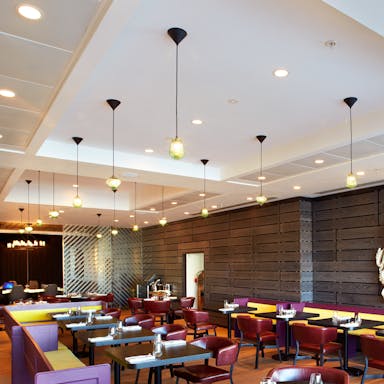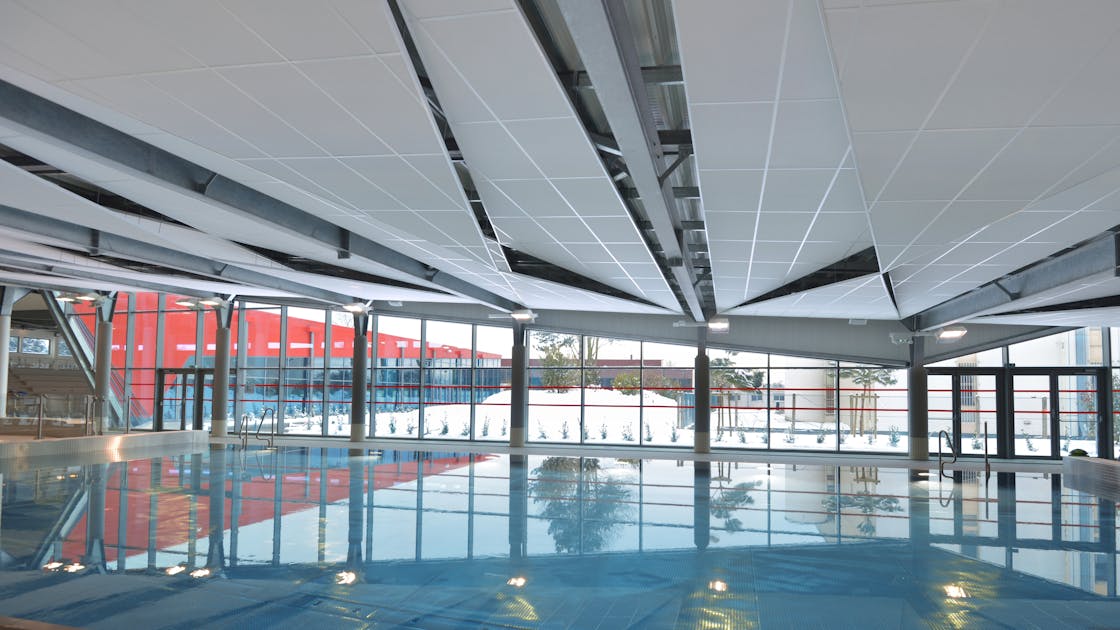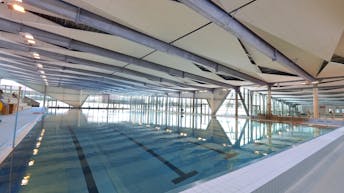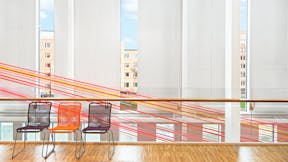Inspired by the natural world
Biomimicry (from the Greek: bios meaning life; mimesis meaning imitation) is an emerging science. Popularised by biologist Janine Benyus in the 1990s, biomimicry looks to the natural world for design ideas and inspiration. But biomimicry in architecture dates even further back. Frank Lloyd Wright, for example, likened the columns in the Johnson Wax building to water lilies. When engineers started using a building’s mass to provide ‘inertia’ against temperature fluctuations, they were inspired by the thermoregulation used in termite mounds.
Interior architecture and design are feeling biomimicry’s influence; however, biomimicry can be a double-edged sword when it comes to acoustics. On one side, the increased use of natural materials like stone and glass, with their hard and flat surfaces, can make reverberation a problem. On the other, designers can use softer naturally-curved shapes and porous materials to muffle and attenuate ambient sound.
Durable materials to control acoustics in indoor sportive areas
Some of the most difficult spaces for acoustics are indoor swimming pools, which are notorious for the reverberating sounds of excited voices and splashing.
At Jean Michel Ruols’ Le Cap aquatic centre in Sartrouville, France, traditional 600x600mm acoustic ceiling panels were cut and installed to create untraditional geometry. “We created triangular-shaped islands – like origami,” says Ruols, “because they grab sounds in the angles and help stop echoes. Using Rockfon, we were also sure to achieve high humidity resistance and durability – which were key priorities for me, as an architect.”
Floating high above the water’s surface, these islands seem to soar like the fins of flying fish. “This could look quite complicated, but it became simple with solutions like Rockfon,” explains Ruols. “Rockfon is not just a product; it is a partner – really!”
Le Cap Sartrouville
7 Rue du Bas de la Plaine,
78500,
Sartrouville,
France












